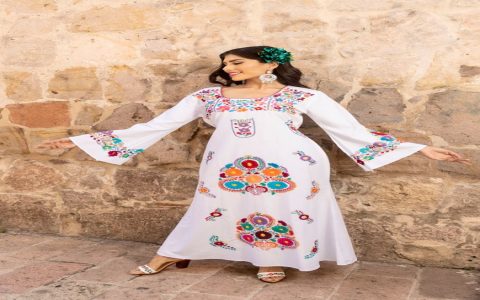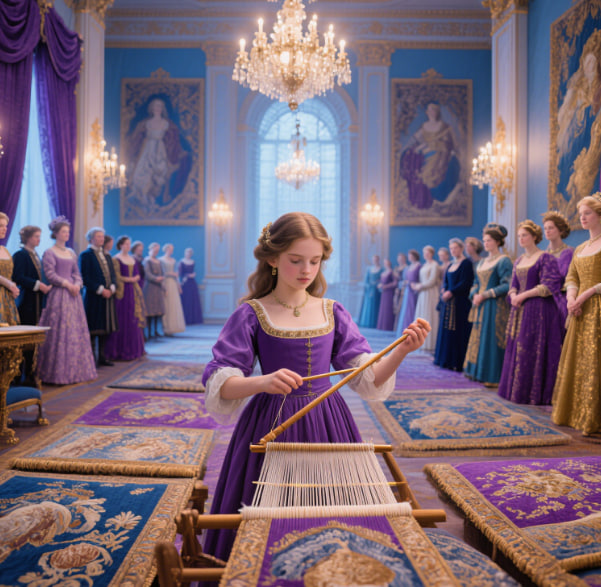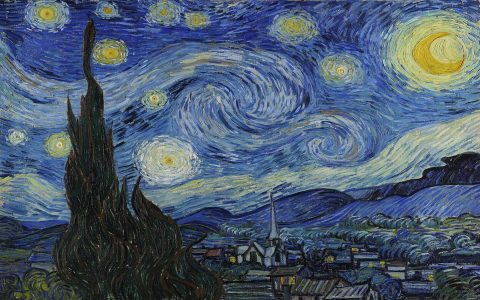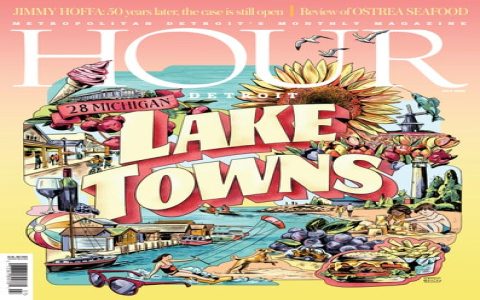Ever wondered what traditional Mongolian outfits really look like? I got curious last week after watching a documentary showing these gorgeous embroidered robes blowing in the steppe winds. So I dove headfirst into trying to understand what makes them special.
The Research Rabbit Hole
First thing I did was hit the library – turned out most books showed either super old museum pieces or modern stage costumes. Couldn’t find anything practical. Then I joined online forums where people actually wear these daily. Big revelation – there are three main types that real people still use:
- Deel: The wrap robe everyone wears daily
- Terlig: Fancy fitted version for weddings
- Gudamj: Winter beast with sheepskin lining
My Deel Disaster
Figured I’d try making a simple summer deel first. Bought cheap blue cotton and followed YouTube tutorials. Massive fail – my stitching looked like a drunk caterpillar crawled across the fabric. The sleeves hung crooked and the diagonal front closure kept popping open. Wasted two whole afternoons before admitting defeat.
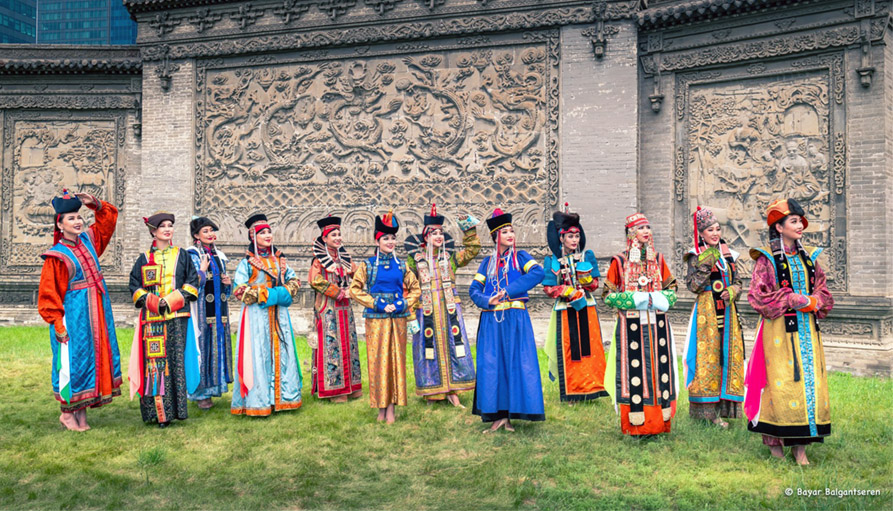
Then I discovered Mongolian communities locally. Visited this tiny family-run shop where grandma measured me properly. She showed me key things I’d messed up:
- Left side must ALWAYS overlap right (reverse kills)
- Sleeve cuffs need horse-hoof shaped openings
- Colored waist sashes aren’t decorative – they’re back braces!
Winter Warrior Experiment
Scored a secondhand gudamj from a flea market. Thing weighed like a dead body – real sheepskin inside, reeked of mutton even after three vinegar baths. Wore it walking my dog in -5°C weather. Mind blown how warm it kept me! The felt lining traps heat like magic, but mobility sucks – couldn’t even bend to pickup dog poop properly. Definitely see why horsemen invented this.
Tried the terlig at a cultural festival. That silk brocade chokes your neck worse than a bad tie, and the jeweled headdress gave me a migraine after twenty minutes. Conclusion: traditional Mongolian fashion prioritizes symbol over comfort. The deel’s the real MVP – practical, adaptable, survived centuries for good reason.
Final thoughts? Modern reinterpretations miss the point. That diagonal chest cut isn’t just pretty – it shields riders from wind. Those loud colors? They scream “I’m alive!” against grassland monotony. My closet now holds one authentic deel that’ll last decades. Definitely worth the journey through tangled threads and sheep smell.

